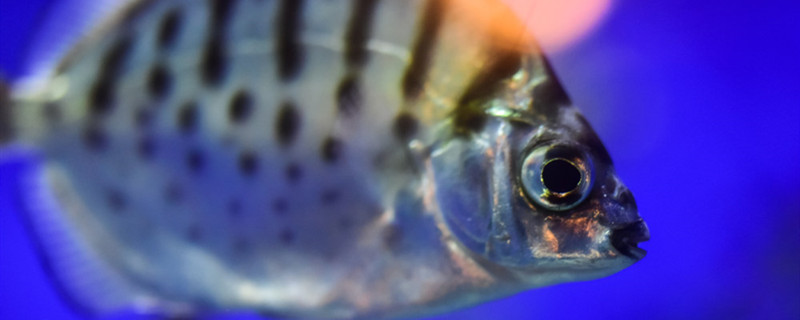
Bony fishes refer to fishes belonging to the class Osteichthyes, which are characterized by a high degree of skeletal sclerosis, in which the skull, spine and appendage bones, and even the scales, have been ossified. Most of the body shape is spindle-shaped, each fin is relatively complete, because it is in vitro fertilization, so the reproductive mode is mostly oviparous, although the yield is large, but the survival rate is relatively small.
1. Teeth: There are many kinds of bony fish. There are about 20,000 kinds of bony fish in the world. The teeth of different kinds change greatly. There is often no fixed rule. It is mainly related to the food in the environment. But one thing is the same, that is, teeth can not grow and replace.
2. Gills: Fish breathe by gills. The gills of bony fish are also one on each side. There are usually many gill arches, gill filaments and gill rakers inside.
3. Scales: As mentioned above, the scales of bony fish are ossified, usually flat, and look like the arrangement of tiles.
4. Intestinal tract: The feeding habits of bony fish are quite different. The intestinal tract of herbivorous fish is often longer than that of carnivorous fish.
5. Swim bladder: Most bony fish have a swim bladder, which allows them to float or dive by controlling the amount of gas in their bodies.
6. Fins: The fins of bony fish are relatively complete. It is worth mentioning that the upper and lower lobes of their caudal fins are basically the same.